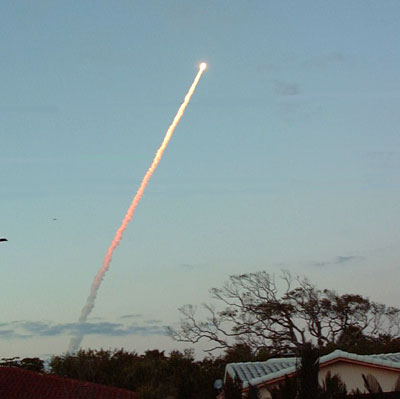
http://youtube.com/watch?v=qIXs6Sh0DKs







So why do some of the stars in the background remain stationary, while the rest move?
I can't believe there are that many geosynchronous satellites in orbit over Alaska. All those stars should move together, since there are times that stars with motion pass directly over stationary ones.
What the hell?
Well if you look at an object close to you, but also look at an object far away, then step to the side, it will look like the nearest object has moved further in your line of sight.
Same thing with the stars. The ones which appear to move faster, are closer to the Earth.



I've not watched the video.....but I'm pretty sure you're wrong in your statement Tweek.
If what you say is correct the constellations would not appear fixed from our perspective from earth, they would change shape.



 They still move as a group and not distinguishably separate ...
They still move as a group and not distinguishably separate ...
But as far as the specks go, they can't be satellites, because you can't see satellites at midnight (they're in shadow),


not sure I agree with that Mobius, and who says this footage was taken at midnight anyway? I've seen satellites pretty late at night tracking slowly across the sky, they seem like the most likely explanation to me.





It's like a lunar eclipse, but since the satellites are so close to the earth, they travel throught the earth's shadow, so no light is reflected off of them once they are past the edge of the earth's shadow (umbra).









Users browsing this forum: No registered users and 428 guests